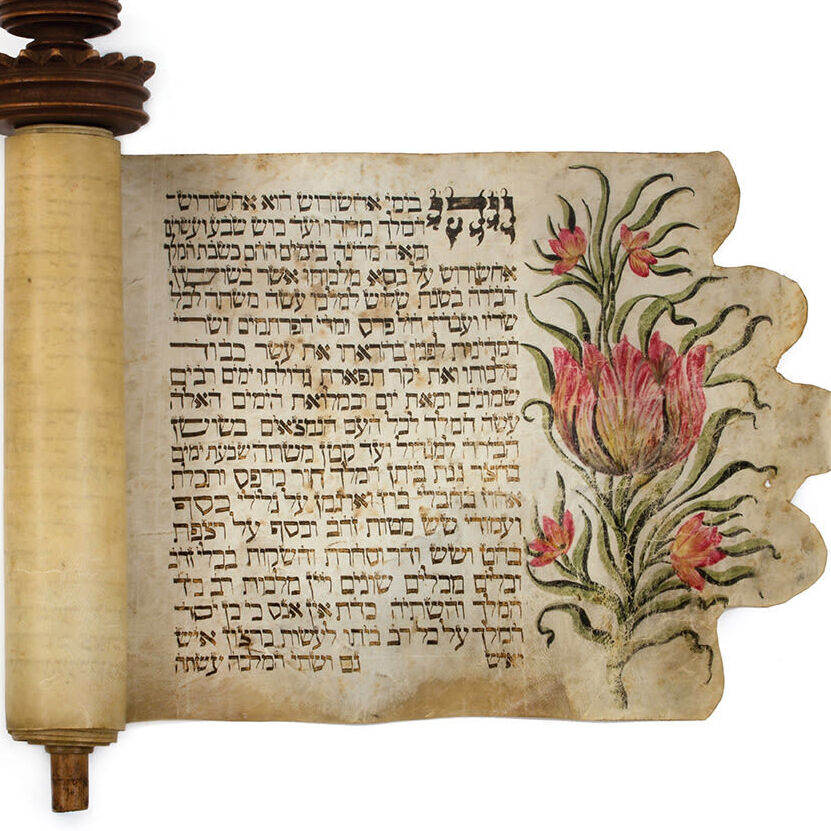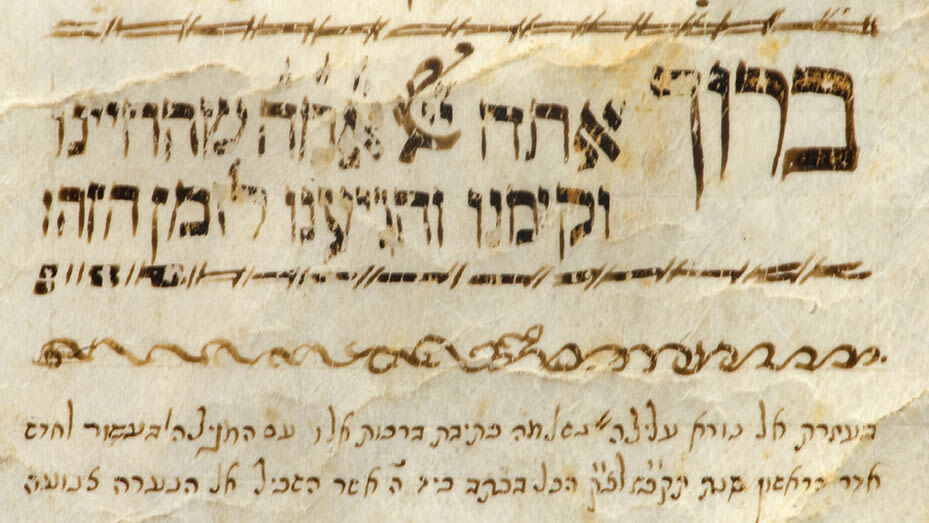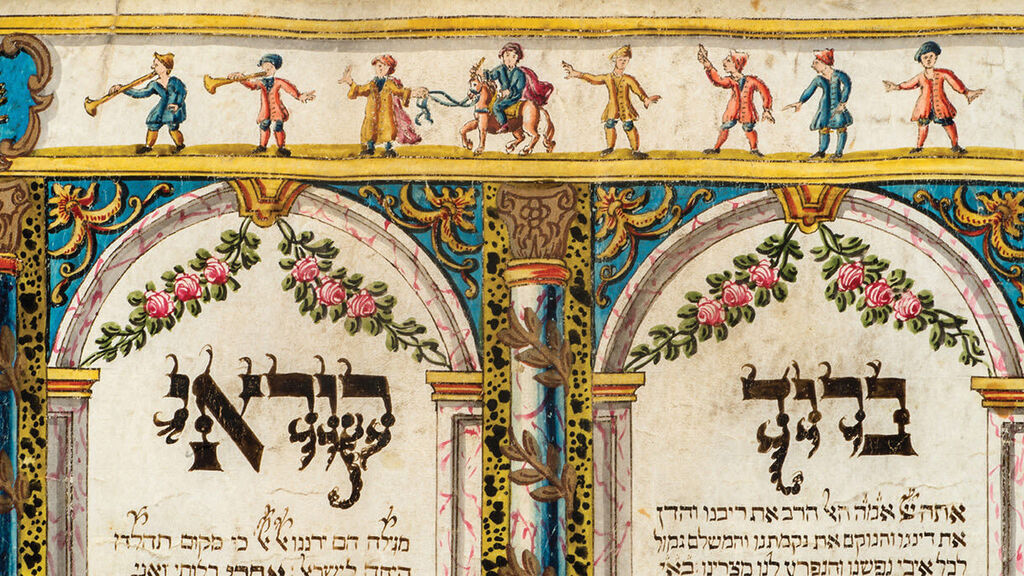Most researchers may think that feminism among religious Jewish women was only invented in the 20th century, but an antique Scroll of Esther reveals that the phenomenon's roots may date to at least a couple of centuries earlier.
The decorative 18th-century roll of parchment was inked in 1767 by 14-year-old Luna Ambron — daughter to an affluent Jewish family in Rome — and contains the story of the holiday of Purim in Hebrew, commemorating the saving of the Jewish people from annihilation in the Achaemenid Persian Empire.
The rare document sheds light on the place of women in the life of the religious Jewish communities in Italy at the time.
The scroll, which is now up for auction by the Kedem Auction House in Jerusalem, is written in Sephardic-Italian script on two parchment membranes features 21 columns with 19 lines per column. The first membrane is adorned by a decorative right edge with the first column preceded by a large colorful floral illustration and the initial word "Vayehi" is written in large, ornamental letters. The scroll is mounted on a wooden roller with a tiered finial.
The auctioneers say that the rare scroll belongs to just a handful of known manuscripts written by women from that time period and is one of only two Scrolls of Esther from that time known to have survived until today, with the second also originating in Italy.
Since the days of the Talmud — the primary source of Jewish religious law — ritual articles made by women were not considered kosher and therefore banned for use, including those inside the tefillin, the mezuzah and the Torah itself.
However, some scholars deemed it appropriate for women to write down the Scroll of Esther since they were tasked with reading it just like men are.
The author's name was inscribed on the document as part of a colophon below the liturgical text: "With the help of G-d, the writing of these blessings with the scroll was completed on 10th Adar I 1767…[by] the modest and pleasant girl, Luna, daughter of the honorable and wealthy Yehuda Ambron, in the 14th year of her life… May we merit to see miracles and wonders speedily in our times…"
Kedem founder and director Meron Eren says that such ancient documents as the Scroll of Esther draw their beauty from their ability to teach us about Jewish history as well as Jewish law.
"Even though this was written more than 250 years ago, the scroll's message is still relevant today," Eren said.




